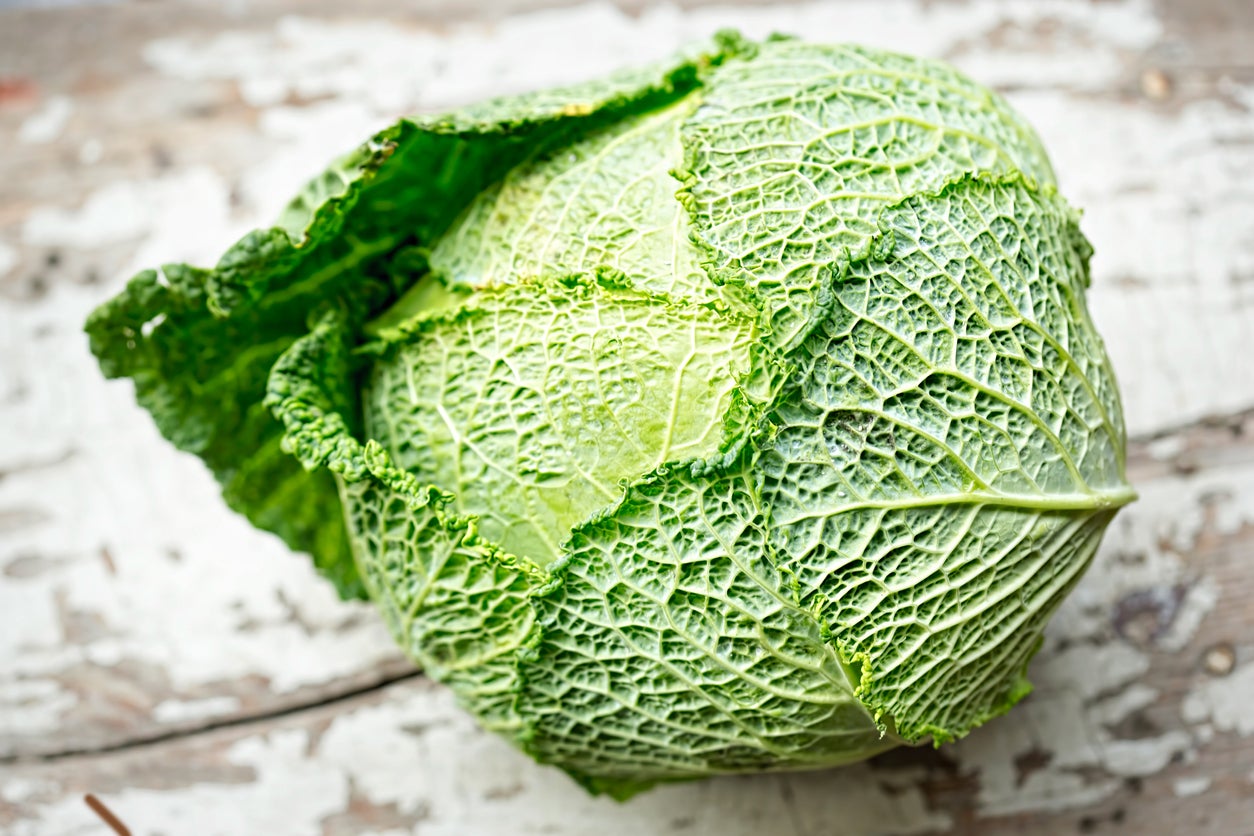Heirloom Cabbage Plants – Growing Perfection Drumhead Savoy


The addition of heirloom cabbages to the home vegetable garden not only adds diversity, but can also add quite a bit of beauty. Ranging in size, color, and texture, these open pollinated varieties offer attributes that are suitable to the most difficult of growing conditions. While some gardeners may require fast growing cabbages, those with lengthier periods of cool weather can enjoy varieties requiring longer days to maturity.
‘Perfection Drumhead’ cabbage is just one example of a cultivar that adds both taste and visual appeal to the home garden.
About Perfection Drumhead Cabbage
Dating back to the 1800's, Perfection Drumhead savoy cabbage has long been a staple for many vegetable growers. Like most savoy types, these heirloom cabbage plants are known for their textured and wrinkled appearance. In this savoy cabbage, the growing heads form large groups of loosely packed leaves which keep exceptionally well in the garden.
How to Grow Perfection Drumhead
When it comes to savoy cabbage, growing the plants is very similar to the process of growing other cabbage cultivars. Growers will first need to determine when to plant the seeds. In most places, this can be done to produce either a spring or a fall harvest.
Those wishing to grow Perfection Drumhead savoy in the spring will need to start the seeds indoors, about six weeks before the average last frost date in the garden. A fall planting can be direct sown; however, most choose to start the seeds indoors in midsummer. Regardless of when the seeds are started, heirloom cabbage plants will need to be hardened off before being transplanted into the garden.
After planting, Perfection Drumhead cabbages will need consistent irrigation and fertilization. Throughout the growing season, it will be imperative that the plants receive weekly watering, as this will assist in the development of large cabbage heads. Perfection Drumhead savoy will also benefit from well amended and weed-free garden beds.
Cabbages are commonly attacked by a wide range of garden pests. These insects include loopers, cabbageworms, and aphids. Effectively managing and controlling these pests will be essential to producing a high quality cabbage crop. For many organic growers, this can be achieved through the use of row covers or other certified organic products. Regardless of the chosen method, make certain to apply controls only as directed per the manufacturer’s instruction label.
Sign up for the Gardening Know How newsletter today and receive a free copy of our e-book "How to Grow Delicious Tomatoes".

Tonya Barnett has been gardening for 13 years. Flowers are her passion. She has transformed her backyard into a cut flower garden, which she regularly chronicles on her YouTube channel http://www.youtube.com/@tonyawiththeflowers.